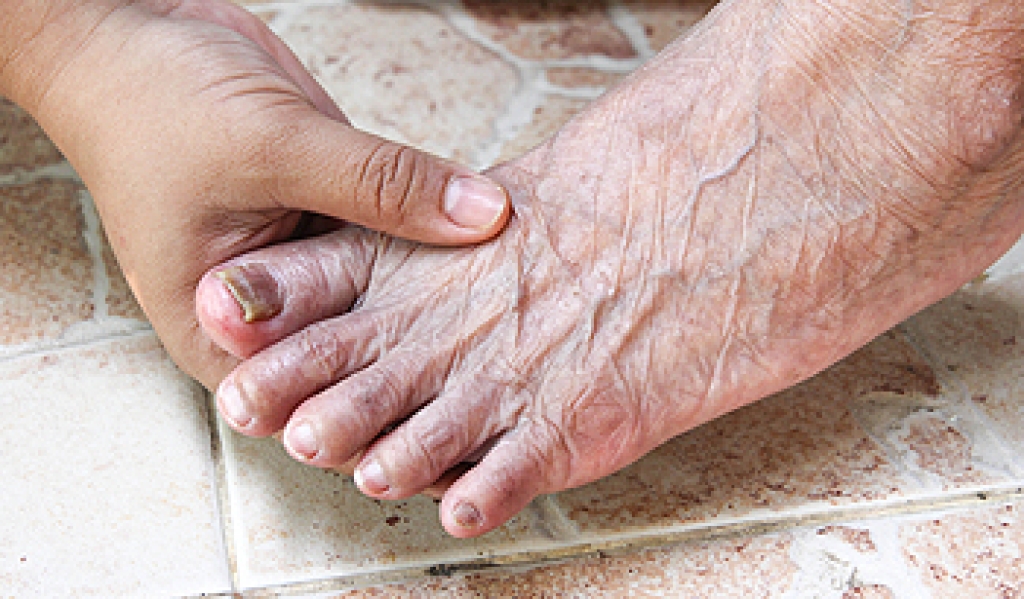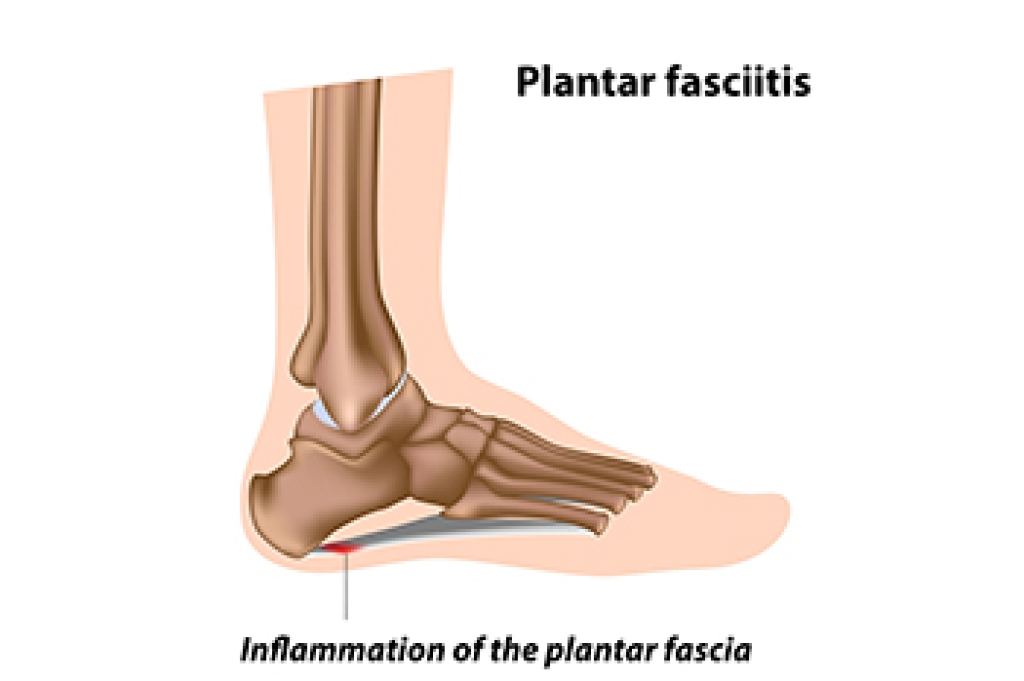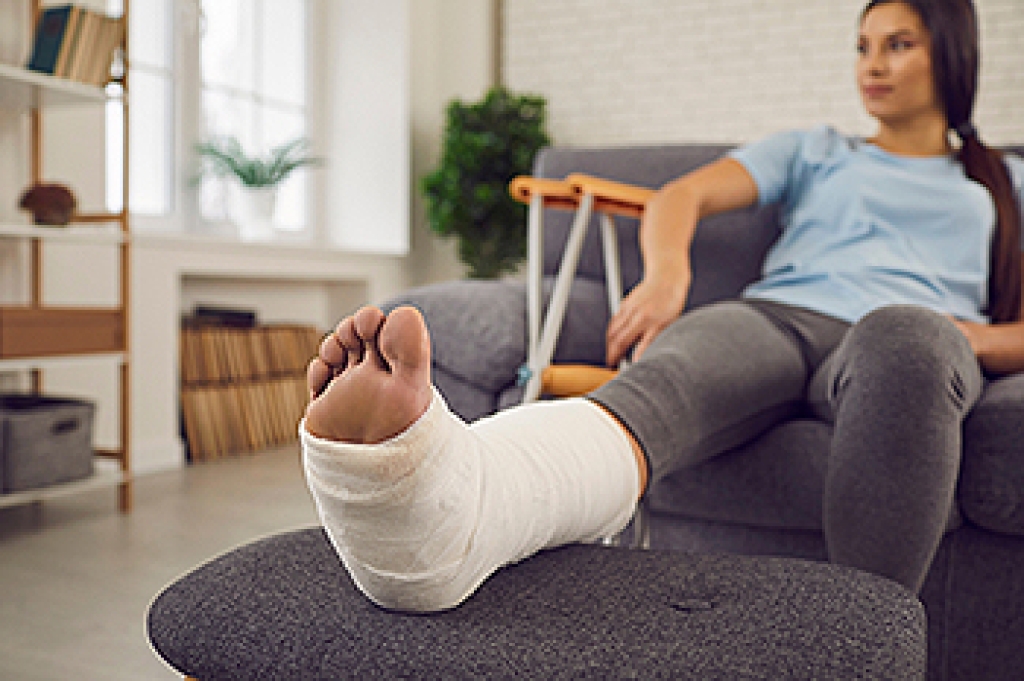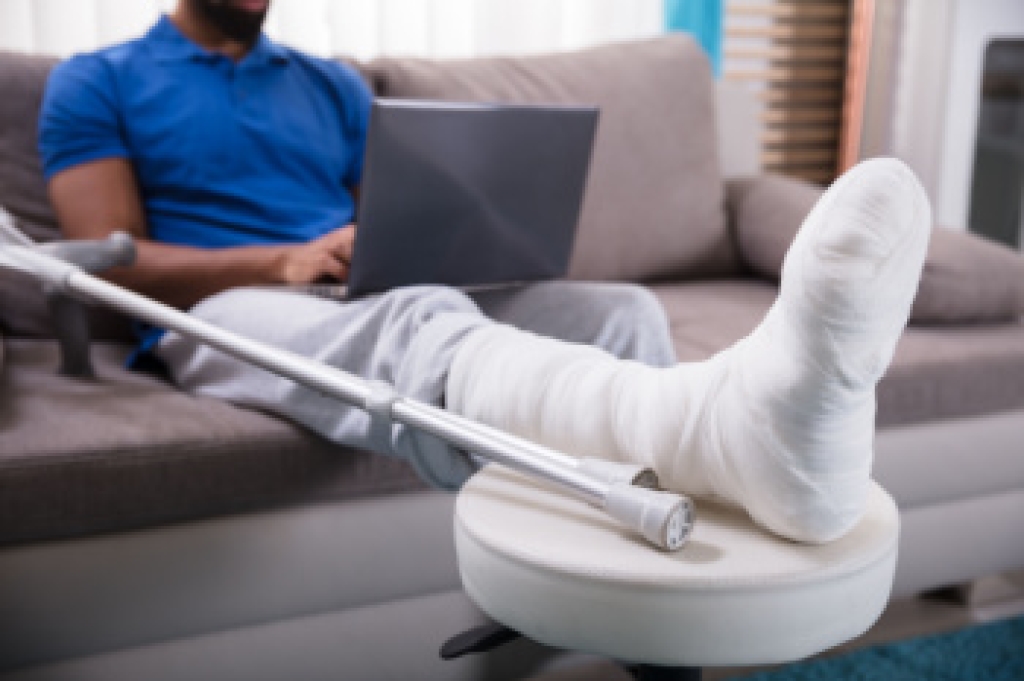Blog
The Importance of Caring for Aging Feet

Caring for older feet is important for maintaining mobility, comfort, and daily independence. As people age, their feet naturally lose strength and flexibility, making it important to stay active to support balance and reduce the risk of falling. Checking the feet each day can help identify changes such as swelling, skin issues, or discomfort before they become serious. Keeping blood circulating through gentle movement and choosing supportive shoes can prevent strain and improve stability. Older adults should also protect their feet from cold exposure to avoid poor circulation or skin problems. A podiatrist can provide guidance, manage chronic conditions, and offer preventive care to keep feet healthy. If you have any type of foot pain, it is suggested that you consult a podiatrist who can treat various foot conditions, and guide you on additional foot care tips.
Proper foot care is something many older adults forget to consider. If you have any concerns about your feet and ankles, contact one of our doctors from New England Foot & Ankle . Our doctors can provide the care you need to keep you pain-free and on your feet.
The Elderly and Their Feet
As we age we start to notice many changes in our body, but the elder population may not notice them right away. Medical conditions may prevent the elderly to take notice of their foot health right away. Poor vision is a lead contributor to not taking action for the elderly.
Common Conditions
- Neuropathy – can reduce feeling in the feet and can hide many life-threatening medical conditions.
- Reduced flexibility – prevents the ability of proper toenail trimming, and foot cleaning. If left untreated, it may lead to further medical issues.
- Foot sores – amongst the older population can be serious before they are discovered. Some of the problematic conditions they may face are:
- Gouging toenails affecting nearby toe
- Shoes that don’t fit properly
- Pressure sores
- Loss of circulation in legs & feet
- Edema & swelling of feet and ankles
Susceptible Infections
Diabetes and poor circulation can cause general loss of sensitivity over the years, turning a simple cut into a serious issue.
If you have any questions, please feel free to contact our offices located in Wakefield, MA, Nashua and Derry, NH . We offer the newest diagnostic and treatment technologies for all your foot care needs.
Painful Plantar Fasciitis and Finding Relief

Plantar fasciitis is a common condition that occurs when the thick band of tissue on the bottom of the foot becomes irritated and inflamed. It often develops from repetitive stress, wearing improper footwear, prolonged standing, high arches, or flat feet. Symptoms usually include sharp heel pain when taking the first steps in the morning, discomfort after activity, and tenderness along the arch. A podiatrist can diagnose the condition, provide a custom treatment plan, offer orthotics, and guide stretching and strengthening exercises to relieve pressure on the plantar fascia. If heel pain is affecting your daily life, it is suggested that you consult a podiatrist who can accurately diagnose and treat what may be going on.
Plantar fasciitis is a common foot condition that is often caused by a strain injury. If you are experiencing heel pain or symptoms of plantar fasciitis, contact one of our doctors from New England Foot & Ankle . Our doctors can provide the care you need to keep you pain-free and on your feet.
What Is Plantar Fasciitis?
Plantar fasciitis is one of the most common causes of heel pain. The plantar fascia is a ligament that connects your heel to the front of your foot. When this ligament becomes inflamed, plantar fasciitis is the result. If you have plantar fasciitis you will have a stabbing pain that usually occurs with your first steps in the morning. As the day progresses and you walk around more, this pain will start to disappear, but it will return after long periods of standing or sitting.
What Causes Plantar Fasciitis?
- Excessive running
- Having high arches in your feet
- Other foot issues such as flat feet
- Pregnancy (due to the sudden weight gain)
- Being on your feet very often
There are some risk factors that may make you more likely to develop plantar fasciitis compared to others. The condition most commonly affects adults between the ages of 40 and 60. It also tends to affect people who are obese because the extra pounds result in extra stress being placed on the plantar fascia.
Prevention
- Take good care of your feet – Wear shoes that have good arch support and heel cushioning.
- Maintain a healthy weight
- If you are a runner, alternate running with other sports that won’t cause heel pain
There are a variety of treatment options available for plantar fasciitis along with the pain that accompanies it. Additionally, physical therapy is a very important component in the treatment process. It is important that you meet with your podiatrist to determine which treatment option is best for you.
If you have any questions, please feel free to contact our offices located in Wakefield, MA, Nashua and Derry, NH . We offer the newest diagnostic and treatment technologies for all your foot care needs.
Understanding a Broken Ankle and When to Seek Care

A broken ankle is a fracture of one or more bones that make up the ankle joint. It can be the result of twisting the foot, falling or experiencing a direct impact. Symptoms include sudden pain, swelling, bruising, difficulty moving the ankle, and an inability to bear weight. The area may appear deformed due to the injury. Causes range from sports accidents to simple missteps on uneven ground. A podiatrist can perform a thorough examination, order imaging, and provide treatment that supports healing, reduces pain, and restores function. If you suspect you have broken your ankle, it is suggested that you promptly contact a podiatrist who can accurately diagnose and treat this condition.
Broken ankles need immediate treatment. If you are seeking treatment, contact one of our doctors from New England Foot & Ankle . Our doctors can provide the care you need to keep you pain-free and on your feet.
Broken Ankles
A broken ankle is experienced when a person fractures their tibia or fibula in the lower leg and ankle area. Both of these bones are attached at the bottom of the leg and combine to form what we know to be our ankle.
When a physician is referring to a break of the ankle, he or she is usually referring to a break in the area where the tibia and fibula are joined to create our ankle joint. Ankles are more prone to fractures because the ankle is an area that suffers a lot of pressure and stress. There are some obvious signs when a person experiences a fractured ankle, and the following symptoms may be present.
Symptoms of a Fractured Ankle
- Excessive pain when the area is touched or when any pressure is placed on the ankle
- Swelling around the area
- Bruising of the area
- Area appears to be deformed
If you suspect an ankle fracture, it is recommended to seek treatment as soon as possible. The sooner you have your podiatrist diagnose the fracture, the quicker you’ll be on the way towards recovery.
If you have any questions, please feel free to contact our offices located in Wakefield, MA, Nashua and Derry, NH . We offer the newest diagnostic and treatment technologies for all your foot care needs.
Symptoms and Risk Factors for a Broken Foot

A broken foot occurs when one or more of the 26 bones in the foot fracture due to injury or stress. These bones include the metatarsals, phalanges, tarsals, and heel bone, all of which are vital to balance and mobility. A break can result from accidents, falls, sports injuries, or dropping something heavy on the foot. Symptoms vary depending on severity but often include sudden pain, swelling, bruising, and an inability to bear weight. In severe cases, the bone may protrude through the skin or cause visible deformity. People with improper footwear or weakened bones are more likely to experience foot fractures. A podiatrist can help by ordering X-rays to determine the location and extent of the injury and recommend appropriate treatment, which may involve immobilization or surgery. If you have broken a bone in the foot, it is suggested that you make an appointment with a podiatrist for a diagnosis and guidance on returning to activities.
A broken foot requires immediate medical attention and treatment. If you need your feet checked, contact one of our doctors from New England Foot & Ankle . Our doctors can provide the care you need to keep you pain-free and on your feet.
Broken Foot Causes, Symptoms, and Treatment
A broken foot is caused by one of the bones in the foot typically breaking when bended, crushed, or stretched beyond its natural capabilities. Usually the location of the fracture indicates how the break occurred, whether it was through an object, fall, or any other type of injury.
Common Symptoms of Broken Feet:
- Bruising
- Pain
- Redness
- Swelling
- Blue in color
- Numbness
- Cold
- Misshapen
- Cuts
- Deformities
Those that suspect they have a broken foot shoot seek urgent medical attention where a medical professional could diagnose the severity.
Treatment for broken bones varies depending on the cause, severity and location. Some will require the use of splints, casts or crutches while others could even involve surgery to repair the broken bones. Personal care includes the use of ice and keeping the foot stabilized and elevated.
If you have any questions, please feel free to contact our offices located in Wakefield, MA, Nashua and Derry, NH . We offer the newest diagnostic and treatment technologies for all your foot care needs.

